* ‘Feeding the rat’ – Mo Anthoine *
The question ‘why do people choose to take up adventurous activities?’ may have various answers and perhaps may never be answered satisfactorily. I have invariably seen articles on that enigmatic ‘why’ begin by alluding to George Mallory’s equally enigmatic response “Because it’s there” to the question “Why did you want to climb Mt. Everest”. For me, there is equal mystery in ‘what is that exact moment, that impulse, that spark, which makes an individual take the plunge and begin adventure as a pursuit, a pastime?!’
I guess a lot of people from my generation in India who are into land based adventure will cite Chris Bonington’s book ‘I Chose to Climb’ as one of their inspirations. But my parallel to ‘choosing to climb’ is uncannily similar to what he cites as his experience. He begins his first chapter ‘The Choice’ with a letter he received from his employers when he was working as a management trainee.
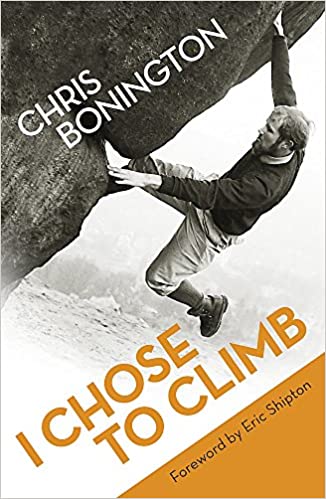
Some relevant excerpts are:
‘… we cannot … release you to join this mountaineering expedition… That you should be very anxious to go on this expedition is understandable enough but you should see the problem for exactly what it is…. if you still want to pursue it (mountaineering) to the point of long-term expeditions in distant parts in the world, then you must see mountaineering not as something which can be combined with your business career but as something which is incompatible with it… the time has come for you to make up your mind whether you leave mountaineering or Van der Berghs (the company that Bonington had joined).’ The letter also referred to his being away on a previous expedition.
The parallel
I was a management trainee wanting to go on an expedition (to Mt. Kangchenjunga, India’s highest and the world’s third highest) in 1988, a venture that would have involved about three months of absence from work. And this was after having been given leave the previous year to do a month-long recce to Kangchenjunga’s road-head. The CEO of my company flatly refused and said I ‘should go to climb the mountain next year’! Bonington’s book, or more precisely, the remarkable letter written to him by, in my opinion, a very insightful senior gave me a very sound reasoning to make my choice. I have never gained the exalted heights in climbing that Bonington did, but I did get to tramp through some ‘distant parts in the world’, and I did get immersed in a natural grandeur that few have the luck to experience.

When I started hiking, it was in the Western Ghats, the mountain range that runs parallel to the west coast of India (locally known as ‘Sahyadri’). This range is adorned with the splendour of ancient ruins of forts, watch towers, caves and temples of distinctive beauty, a melange of archaeological wonders that is perhaps unparalleled. Two authors who influenced me in this aspect are Shri. Anand Palande and Prof. P.K. Ghanekar. Let me quote from Prof. Ghanekar’s book ‘साद सह्याद्रीची! भटकंती किल्ल्यांची!!’ (‘Call of the Sahyadri! Wandering the Forts!!’):
‘इथे देशी भटकण्यासाठी बख्खळ आहे. गिरिस्थाने, गिरिमंदिरे, अरण्ये, धबधबे, लेणी, किल्ले, गुहा, गरम पाण्याची कुंडे, तीर्थक्षेत्रे, सागरकिनारे, अभयारण्ये, …
ट्रेकिंग म्हणून हिंडणं सध्या बरच बोकाळलंय (हे ते १९८५ साली लिहितात!).. पण तिथल्या गौरवशाली इतिहासाचा एखादा क्षण, त्याच स्थळी जाऊन इतिहासाचा मागोवा घेत शिवस्मरण समाधीच्या आनंदात बुडून जाणं वेगळं.’
The following is my attempt to translate the above:
“There is tremendous scope for wandering here. Various locations and temples in mountains, forests, waterfalls, natural and manmade caves, forts, hot water springs, religious places, beaches, wildlife sanctuaries, etc…
Today trekking has assumed the form of travelling in hordes (this, he wrote in 1985!)… but to experience a moment from the region’s distinguished history, to feel its glorious past and be immersed in Shiv-memories is something totally different.”
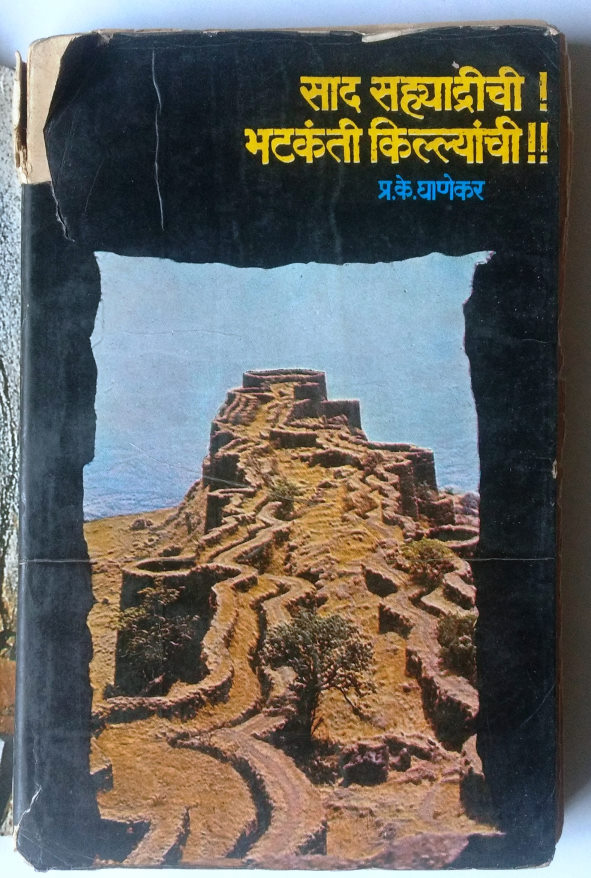
On our hikes then, it was normal practice for us to carry books written by these two greats and read relevant sections of history and identify surrounding features. One can imagine the impact of such readings. Imagine sitting in the needle hole (नेढं) of Suvela Machi* of Rajgad (an ancient fort) and reading about the remarkable role this fort had played in helping lead the march of what was eventually one of the biggest empires that had risen to challenge the might of the Mughals who had invaded and settled down in this land since centuries!
* Suvela machi is a long and narrow fortified ridge of Fort Rajgad that points east from the central bastion of the fort. Suvela in Marathi means ‘sacred time’, referring to the time of sunrise, and machi means plateau or, in this case, ridge-top.
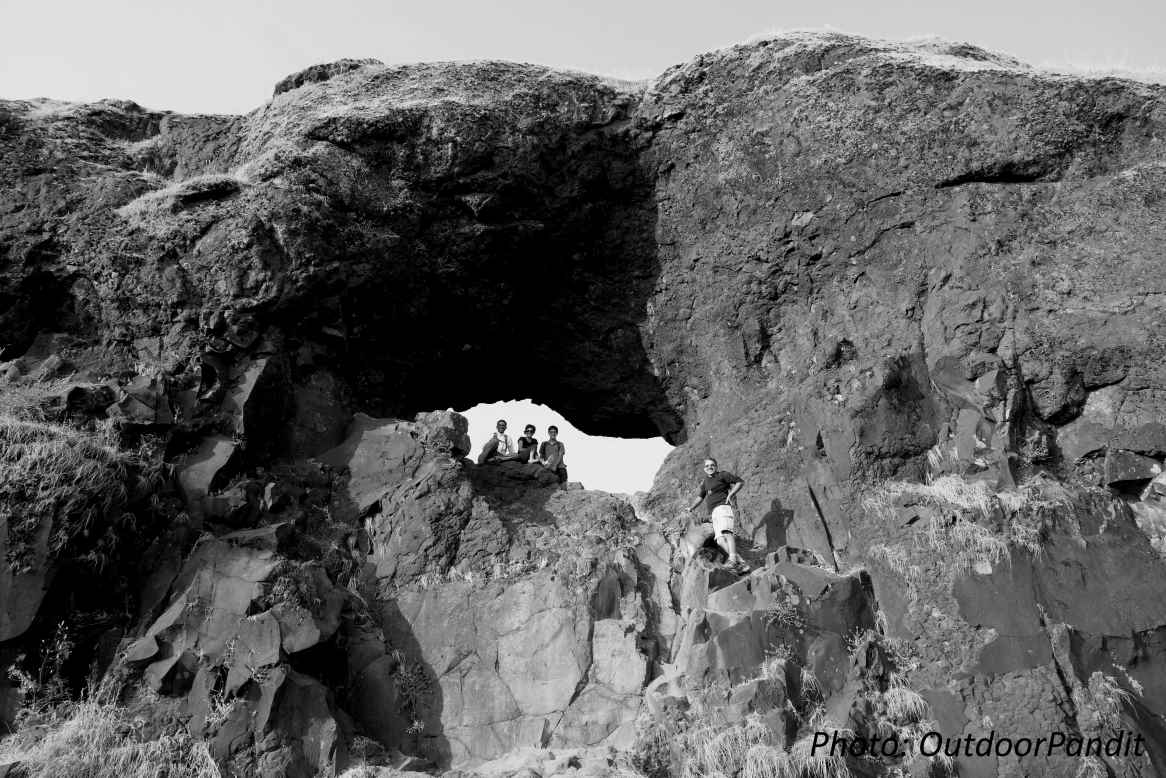
Such beginnings led me to read and understand more about the geography and its impact on this region’s history. I believe that my deep awareness of and connectedness with the more-than-2000 year old cultural history of the Sahyadri has made me far, far richer and indebted to my immediate environment. With this kind of a foundation, I think I was set to embrace the outdoors in a much wider role than that of just an adventurer.
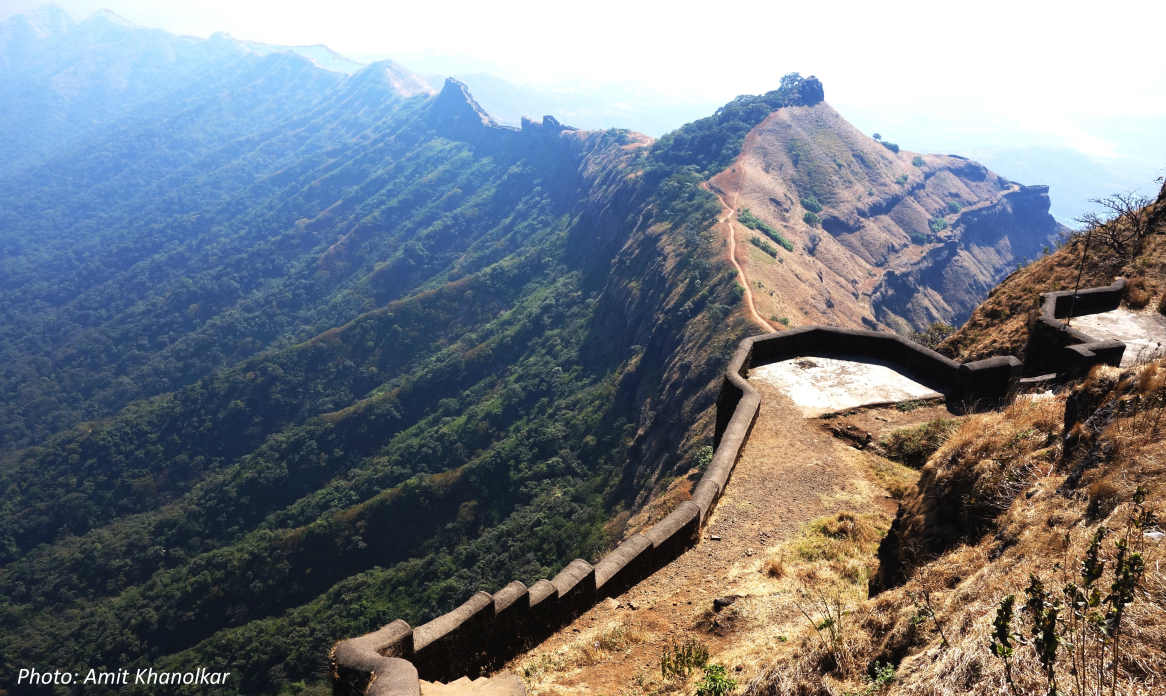
A book that came closest to explaining to me things about the strange urge to hike, climb and have fun is ‘Feeding the Rat’ by Al Alvarez. This book is a profile of the British climber, Mo Anthoine. Alvarez writes, ‘The challenge of the mountain is only one of the many excuses for this odd and addictive activity. Another is what Mo Anthoine calls ‘feeding the rat’ – the need to get out, to test yourself, to flush out the system, and, above all, to have fun.’ The book refers to what psychologists call ‘deep play’ – all those activities where what you might lose seems out of all proportion to what you gain.
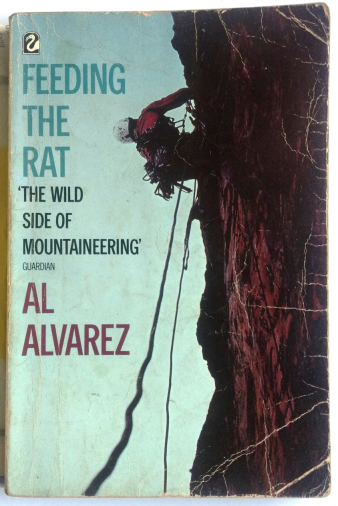
Books like the above very early clarified what it was all about for me. It’s not a numbers game, it’s not about going for one achievement after another… For me the main aim of climbing has not been to ‘reach the summit’. It has been about getting in touch with myself, others and the environments where I continue to roam and adventure, and above all, having fun! It has been about realising and acknowledging the joys and richness that I experienced in the outdoors, about finding the strength to define my own deep play, at my own depth. And, it is also about caring about something that I have found so meaningful. Therein I derive my drive to share the joys of outdoors with others and to strive to work towards a better future for adventurers and our environment.
‘Other maps are such shapes, with their islands and capes!
But we’ve got our brave Captain to thank’
(So the crew would protest) ‘that he’s bought us the best –
A perfect and absolute blank!’
– From ‘The Hunting of the Snark’ by Lewis Carroll

I would say this would be quite common amongst the mountaineers. A not too distant parallel would be those who join army leaving their corporate life behind. Whatever be the case, I am sure people will be envious of those who have managed to follow their dreams like you did.
Yeah, Kedar. I have often talked to my friends to see if they can identify those moments or incidents which encouraged them to go the adventure way. It must be equally fascinating with most army people too 🙂
Thanks!